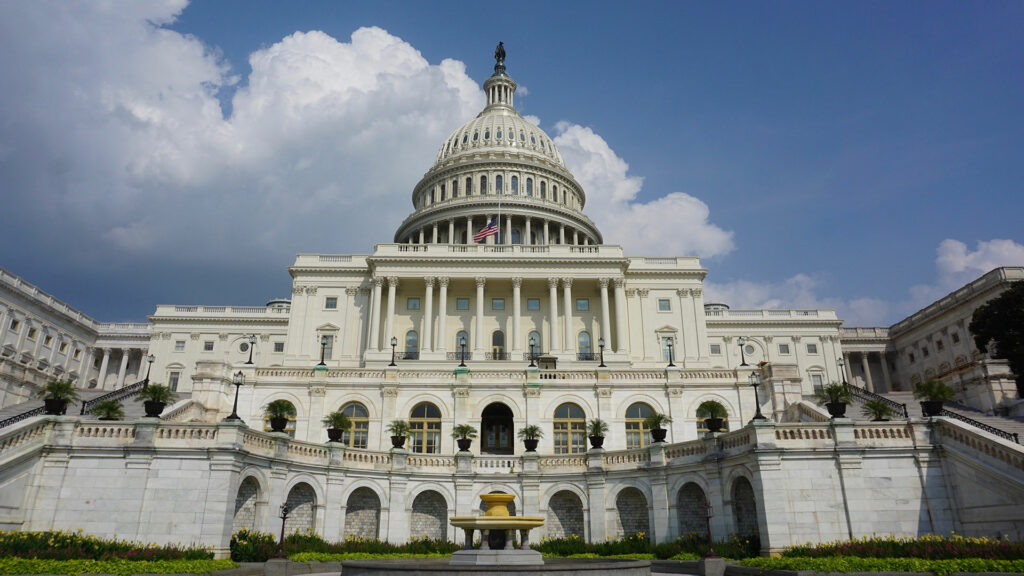Tax Deadline Approaching The 2023 tax season is underway, with the filing deadline approaching on April 15, 2024. […]

Late last month, the President signed into law the SECURE 2.0 Act of 2022, which builds upon prior legislation designed to improve retirement for Americans that was initially effective January 1, 2020. SECURE 2.0 Act of 2022 includes changes that impact individuals and businesses and contains a variety of important items to consider for workers, business owners, and retirees.
A few of the highlights are listed below:
- Changes to Required Minimum Distributions (RMDs):
- The age at which owners of retirement accounts must begin RMDs will increase to 73, starting January 1, 2023. In 2033, the age at which RMDs must start will increase to 75.
- Prior to SECURE 2.0, the Required Beginning Date for RMDs was 72, so individuals now have an additional year to delay taking mandatory withdrawals from their retirement accounts. If you turned 72 in 2022 or earlier, you need to continue taking RMDs as scheduled. If you are turning 72 in 2023 and have already scheduled your withdrawal, you may want to consider updating your plan.
- Starting in 2023, the steep penalty for failing to take an RMD will decrease to 25% of the RMD amount not taken, down from 50%. The penalty can be reduced to 10% if the account owner withdraws the RMD amount previously not taken and submits a corrected tax return in a timely manner.
- Higher Catch-Up Contributions:
- IRAs currently have a $1,000 catch-up contribution limit for people ages 50 and over. Starting in 2024, that limit will be indexed to inflation, meaning it could increase every year, based on federally determined cost-of-living increases.
- Starting January 1, 2025, individuals ages 60 through 63 years old will be able to make catch-up contributions up to $10,000 annually to a workplace plan, and that amount will be indexed to inflation (the catch-up amount for people ages 50 and older in 2023 is currently $7,500). Those earning more than $145,000 in the previous year will need to make their catch-up contributions (ages 50 or older) to the Roth component of their plan.
- Automatic Enrollment in 401(k) and 403(b) Plans:
- Under the new rules, and starting in 2025, any employer that starts a new plan must automatically enroll newly hired workers, when eligible, and start their contributions at 3% of their pay. That contribution rate must increase by 1 percentage point annually until it reaches 10% to 15% of the worker’s pay. A worker can contribute more if they choose, up to any other limits.
- 529 Plans:
- Starting in 2024, 529 plan assets that have been held for at least 15 years can be rolled into a Roth IRA for the beneficiary, subject to annual Roth IRA limits and an aggregate lifetime limit of $35,000. Contributions within the last 5 years are not eligible to be rolled over, and any funds rolled over are treated as a contribution towards the annual Roth IRA contribution limit.
There are many details in the SECURE 2.0 Act of 2022 beyond the scope of this summary. Retirement and tax planning will continue to be an important part of a comprehensive wealth management plan.
Your Summit advisor and/or tax professional will work with you to navigate the new landscape.
Please be advised that, based upon current IRS rules and standards, the advice contained herein is not intended to be used, nor can it be used, for the avoidance of any tax penalty that the IRS might choose to assess related to this matter.
You can download a PDF of these highlights from Summit Financial Strategies here.
Read More:
